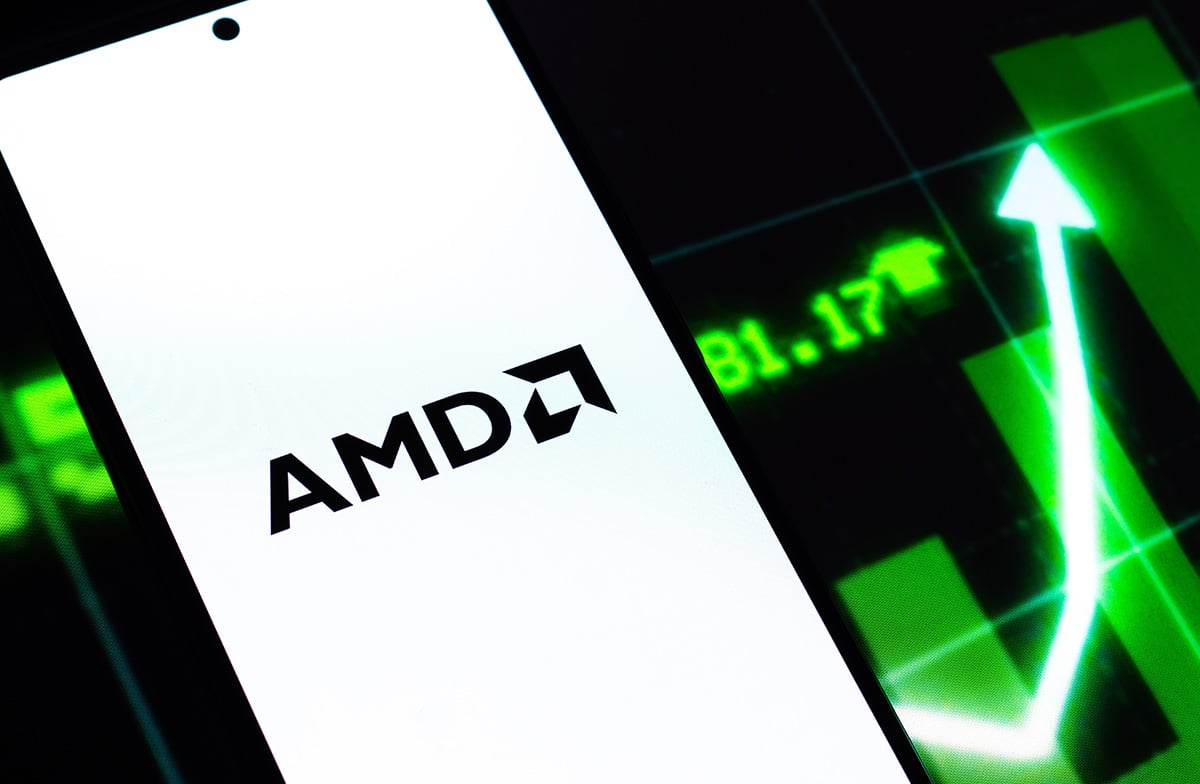
As advanced technologies like artificial intelligence (AI) and cloud computing redefine the digital landscape, companies like AMD are setting benchmarks with innovative approaches aimed at shaping the future of data centers. In this article, we explore the key takeaways from AMD’s Q3 2025 performance, highlighting their growth in the competitive tech market and the profound impact of AI on their operations.
Unveiling Q3 Financial Insights
AMD released its third-quarter financial results, showcasing substantial growth. Wall Street estimates placed AMD’s revenue at $8.76 billion with an adjusted earnings-per-share (EPS) expectation of $1.17. Additionally, Q4 projections for 2025 indicate a further leap to $9.21 billion in revenue and $1.32 EPS, signifying investor confidence in AMD’s trajectory.
Data Center Revenue Skyrockets
One of the highlights of AMD’s quarterly performance is the exponential growth of its Data Center segment. With Q3 revenues estimated at $4.18 billion, this division achieved a remarkable 17.6% year-over-year surge. Driving this progress is the increasing demand for AMD’s EPYC processors and Instinct GPUs, which are critical components for businesses investing in advanced server infrastructure.
Powerful EPYC offerings such as the EPYC Turin instances, launched with cloud providers like Google and Oracle, have successfully positioned AMD as a leader in cloud computing advancements.
OpenAI Collaboration Reinforcing Innovation
AMD has strategically partnered with OpenAI, an industry leader in AI. This agreement solidifies AMD’s position as a key supplier of AI infrastructure by providing six gigawatts of GPUs starting with MI450 servers in late 2026. Furthermore, their newly launched MI350 Series GPUs rival NVIDIA’s alternatives, offering significant cost advantages while matching performance benchmarks in terms of AI training and inference tasks. Look out for products like the Instinct MI350 Series GPUs, ideal for high-demand AI-based workloads.
Competitive AI Market Insights
The surge in interest in AI infrastructure has ignited fierce competition among tech giants, including AMD, NVIDIA, and Broadcom. NVIDIA’s Hopper 200 and Blackwell platforms continue to dominate in adoption rates. Yet, AMD’s competitive pricing and robust partner ecosystem, which includes top-tier names like Lenovo, Dell Technologies, and Google, enable it to expand its influence in the AI space.
Future Outlook
Looking ahead, AMD’s strategy to prioritize AI and data center technologies positions it as a key player in an increasingly digital-first world. As enterprises accelerate server upgrades and integrate AI into their operations, AMD’s innovative solutions and partnerships provide a compelling competitive advantage.
AMD’s performance in Q3 suggests a bright future for its investors and stakeholders, underscored by its growth in enterprise technologies and robust collaborations. For personalized high-performance computing recommendations, explore AMD’s official store for EPYC Processors and other industry-leading solutions.



